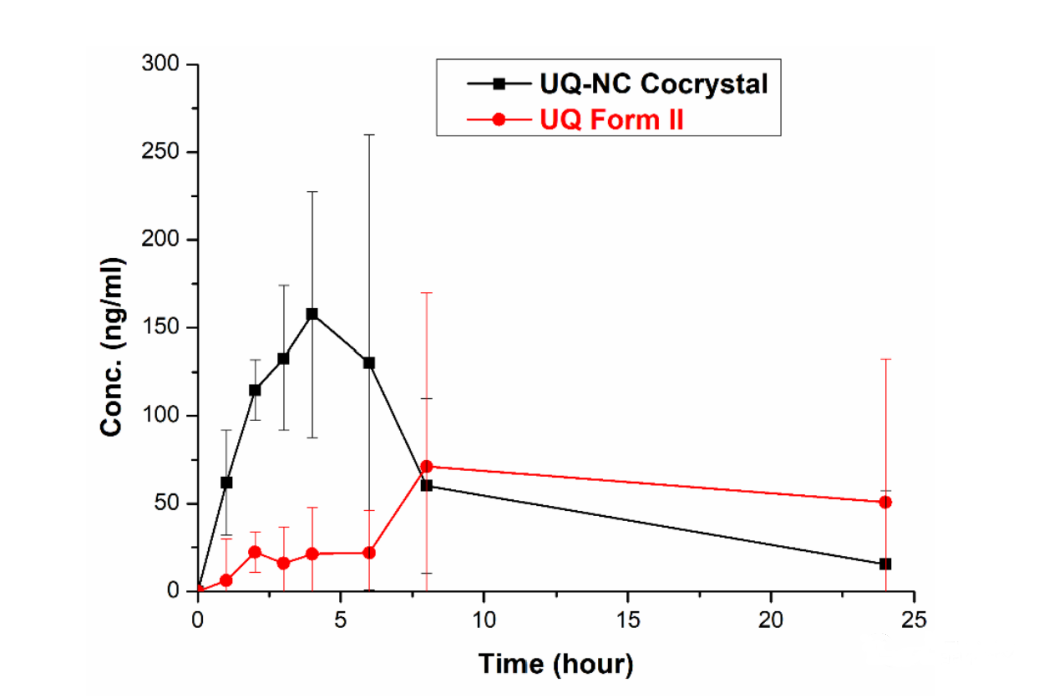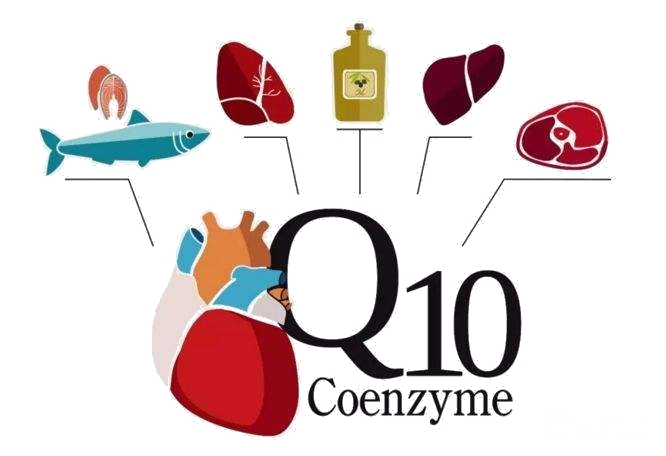Эвтектический восстановленный коэнзим Q10 был включен в список SCI журнала "Фармацевтика", чтобы обеспечить поддержку для удовлетворения более эффективных потребностей потребителей в питании
Following the publication of hydroxytyrosol co-crystal technology in authoritative journals, another new generation of reduced коэнзим Q10 prepared by Professor Mei Xuefeng and his team using co-crystal technology has been successfully launched, and the research results have recently been published in the SCI journal “Pharmaceuticals”, with the title For “The Cocrystal of Ubiquinol: Improved Stability and Bioavailability”.

This article mainly introduces the entire team’s use of co-crystal technology to synthesize a new reduced coenzyme Q10 and vitamin B3 nicotinamide co-crystal (UQ-NC). And compare the eutectic product with the products sold on the market. In contrast, co-crystal reduced коэнзим Q10 has excellent stability, better solubility properties and higher bioavailability. After being stored under accelerated conditions for 6 months, the content of the eutectic reduced coenzyme Q10 remained basically unchanged. The solubility experiment shows that: in simulated gastric juice, the maximum dissolution concentration of the cocrystal is 12.6 times that of commercially available raw materials, and in simulated intestinal juice is 38.3 times that of commercially available products. At the same time, the bioavailability of co-crystal reduced coenzyme Q10 and commercially available coenzyme QH in rats was compared. The results showed that the maximum blood concentration of the cocrystal was 2.2 times that of commercially available products, and the AUC was 4.5 times that of commercially available products.

As one of the important components of the mitochondrial electron transport chain, intracellular coenzyme Q10 drives the synthesis of adenosine triphosphate (ATP) in the mitochondria of cells to provide energy for cells. Cardiomyocytes are one of the most energy-consuming cells in the human body, so compared with other organs, the heart is very dependent on Coenzyme Q10. Experiments have shown that coenzyme Q10 can improve the energy synthesis efficiency of cardiomyocytes and enhance the metabolic level of cardiomyocytes. Therefore, by increasing the content of coenzyme Q10 in myocardial cells, the work driving force of mitochondria can be maintained and improved, the energy conversion ability of intracellular nutrients can be enhanced, sufficient ATP energy can be produced to supply the heart, and the heart’s energy supply can be improved. When you are young, you can get enough CoQ10 through a balanced diet. As you age, an appropriate amount of exogenous CoQ10 supplementation can help make up for the lack of CoQ10 in human cells.
Коэнзим Q10 exists in two forms: reduced (ubiquinol) and oxidized (ubiquinone). Although these two forms can be converted into each other, oxidized Coenzyme Q10 cannot be directly utilized by cells and needs to be converted into reduced Coenzyme Q10 (Coenzyme QH) before it can exert its biological functions. However, reduced coenzyme Q10 (coenzyme QH) has poor stability and is easily oxidized. It can be degraded by more than 70% at room temperature in one month.

The new generation of reduced coenzyme Q10 (Coenzyme QH) prepared using co-crystal technology has solved the unstable pain point of reduced coenzyme Q10 (Coenzyme QH) and improved its bioavailability, providing the possibility to develop more abundant dosage forms. , laying the foundation for meeting consumers’ more precise and efficient nutritional needs.
() ()